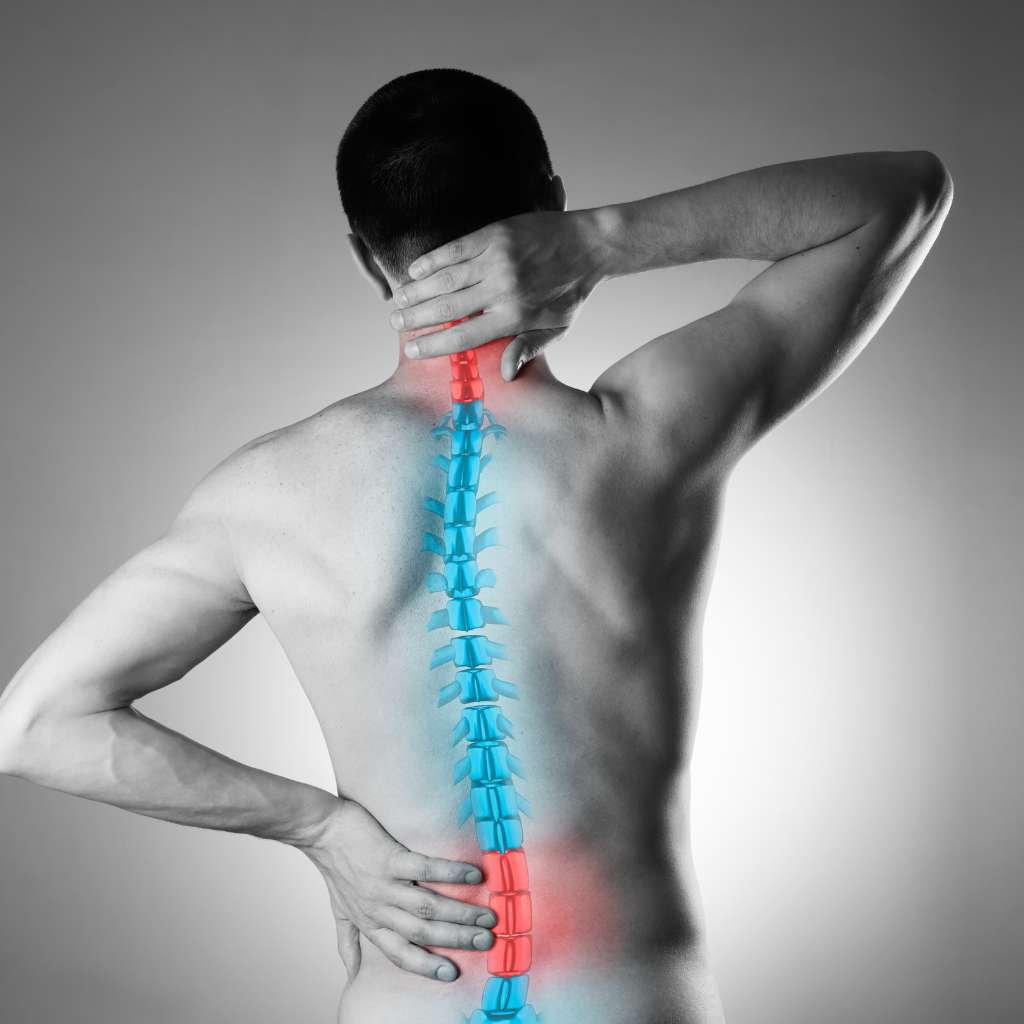Spinal compression fractures are a common yet often painful condition that occurs when one or more vertebrae in the spine collapse. These fractures are frequently caused by osteoporosis, trauma, or other conditions that weaken the bones. Effective spinal compression fracture treatment is essential to alleviate pain, restore mobility, and prevent further complications. This article provides a detailed guide to understanding spinal compression fractures, their causes, symptoms, and the best treatment options available.
What is a Spinal Compression Fracture?
A spinal compression fracture occurs when a vertebra in the spine collapses, often due to weakened bones. This condition is most common in the thoracic (mid-back) and lumbar (lower back) regions. The collapse can lead to pain, deformity, and a loss of height. In severe cases, it can also affect the spinal cord or nerves, causing additional symptoms.
Causes of Spinal Compression Fractures
The primary causes of spinal compression fractures include:
- Osteoporosis: The most common cause, osteoporosis weakens bones, making them more susceptible to fractures.
- Trauma: Accidents, falls, or injuries can cause fractures, even in healthy bones.
- Cancer: Tumors in the spine can weaken vertebrae, leading to fractures.
- Infections: Spinal infections can damage bones and increase fracture risk.
Symptoms of Spinal Compression Fractures
The symptoms of a spinal compression fracture can vary depending on the severity and location of the fracture. Common signs include:
- Sudden, severe back pain, often worsening with movement
- Pain that improves when lying down and worsens when standing or walking
- Loss of height over time
- A hunched or stooped posture (kyphosis)
- Numbness, tingling, or weakness in the legs (if nerves are affected)
If you experience these symptoms, it’s important to seek medical attention for proper diagnosis and spinal compression fracture treatment.
Diagnosis of Spinal Compression Fractures
To diagnose a spinal compression fracture, a healthcare provider may use:
- Physical Examination: Assessing pain, posture, and mobility.
- Imaging Tests:
- X-rays: To identify fractures and assess bone alignment.
- MRI or CT Scans: To evaluate the extent of damage and check for nerve involvement.
- Bone Density Tests: To determine if osteoporosis is a contributing factor.
Effective Spinal Compression Fracture Treatment Options
The goal of spinal compression fracture treatment in Houston is to relieve pain, stabilize the spine, and prevent further fractures. Treatment options depend on the severity of the fracture, the underlying cause, and the patient’s overall health. Here are the most effective approaches:
1. Non-Surgical Treatments
For mild to moderate fractures, non-surgical treatments are often the first line of care. These include:
a. Rest and Activity Modification
- Avoid activities that worsen pain, such as heavy lifting or bending.
- Use a back brace to support the spine and limit movement during healing.
b. Pain Management
- Over-the-Counter Medications: Non-prescription pain relievers like acetaminophen or ibuprofen can help manage pain.
- Prescription Medications: For severe pain, stronger painkillers or muscle relaxants may be prescribed.
c. Physical Therapy
A physical therapist can design a personalized program to:
- Strengthen the muscles supporting the spine
- Improve posture and flexibility
- Reduce pain and prevent future fractures
d. Osteoporosis Management
If osteoporosis is the underlying cause, treatment focuses on strengthening bones:
- Calcium and Vitamin D Supplements: Essential for bone health.
- Prescription Medications: Bisphosphonates or other bone-strengthening drugs may be recommended.
2. Minimally Invasive Procedures
For more severe fractures or persistent pain, minimally invasive procedures may be considered:
a. Vertebroplasty
- A procedure where medical cement is injected into the fractured vertebra to stabilize it and relieve pain.
b. Kyphoplasty
- Similar to vertebroplasty, but a balloon is first inserted to restore the vertebra’s height before injecting cement.
3. Surgical Treatments
Surgery is rarely needed but may be necessary in cases of severe spinal instability or nerve compression. Options include:
- Spinal Fusion: Joins two or more vertebrae to stabilize the spine.
- Decompression Surgery: Removes bone or tissue pressing on nerves.
Recovery and Rehabilitation
Recovery from a spinal compression fracture depends on the severity of the injury and the treatment approach. Key aspects of recovery include:
- Gradual Return to Activity: Avoid strenuous activities until cleared by a healthcare provider.
- Physical Therapy: Continue exercises to strengthen the spine and improve mobility.
- Lifestyle Changes: Maintain a healthy diet, quit smoking, and engage in weight-bearing exercises to support bone health.
Preventing Spinal Compression Fractures
Prevention is a critical aspect of managing spinal compression fractures, especially for individuals with osteoporosis. Here are some preventive measures:
- Bone Health: Ensure adequate intake of calcium and vitamin D.
- Exercise: Engage in weight-bearing and strength-training exercises to build bone density.
- Fall Prevention: Remove tripping hazards at home, use assistive devices if needed, and improve balance through exercises.
- Regular Check-Ups: Monitor bone density and address osteoporosis early.
When to Seek Medical Attention
If you experience sudden, severe back pain or notice a change in posture, seek medical attention immediately. Early diagnosis and treatment can prevent complications and improve outcomes. Additionally, consult a healthcare provider if:
- Pain persists despite rest and medication
- You experience numbness, tingling, or weakness in the legs
- You have a history of osteoporosis or spinal fractures
Conclusion
Spinal compression fractures can be painful and debilitating, but with the right spinal compression fracture treatment, recovery is possible. From non-surgical approaches like rest, physical therapy, and pain management to minimally invasive procedures and surgery, there are numerous ways to address this condition. If you suspect a spinal compression fracture, don’t hesitate to seek professional help. Early intervention and a personalized treatment plan can help you regain mobility, reduce pain, and prevent future fractures. By taking proactive steps to strengthen your bones and protect your spine, you can maintain a healthy and active lifestyle.
